-
Rain from a River in the Sky

Have you ever heard your local weather forecaster mention terms like “pineapple express” or “atmospheric river”? These intriguing phenomena might sound whimsical, but they play a crucial role in our weather patterns. So, what exactly are they, and is global warming to blame? What is an Atmospheric River? An atmospheric river is like a giant, […]
-
Ahead of the Storm: Advancements in Disaster Preparedness Tech
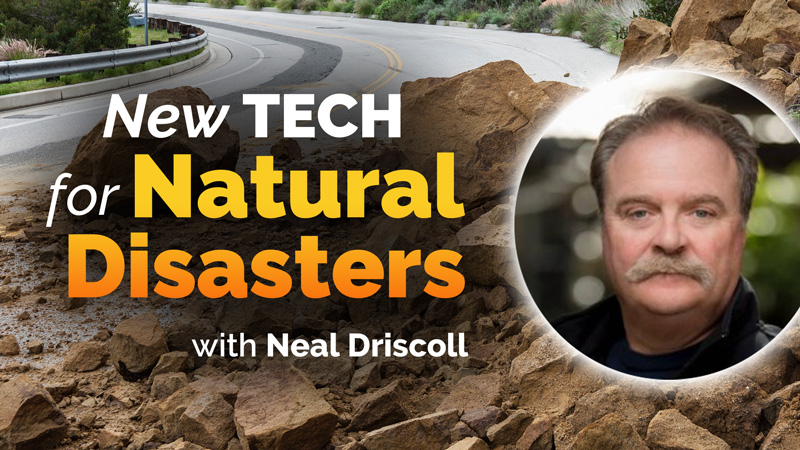
Climate change has notable impacts on the fire season in California, contributing to conditions that increase the frequency, intensity, and duration of wildfires. Historically, these events typically happened in the fall when Santa Ana winds fueled dangerous and disastrous wildfires. However, with an increase in climate change, rising temperatures are creating drier conditions, drying vegetation […]
-
Behind the Scenes of a Unique Ocean Research Simulator
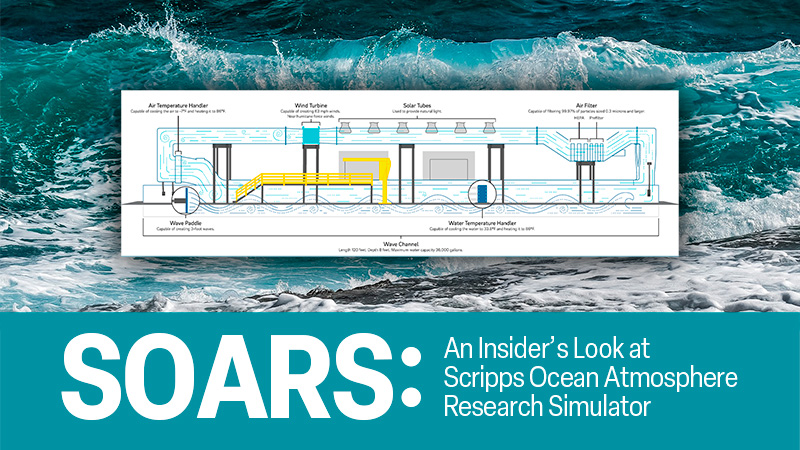
As our climate continues to change, researchers need to understand the complicated chemical, biological, and physical processes that occur at the boundary between the ocean and the atmosphere. The Scripps Institution of Oceanography has a unique tool that allows scientists to simulate varying ocean environments by controlling winds, waves, water chemistry, temperature, light and more. […]
-
The Shrinking Salton Sea and the Dust Storms Impacting the Imperial Valley
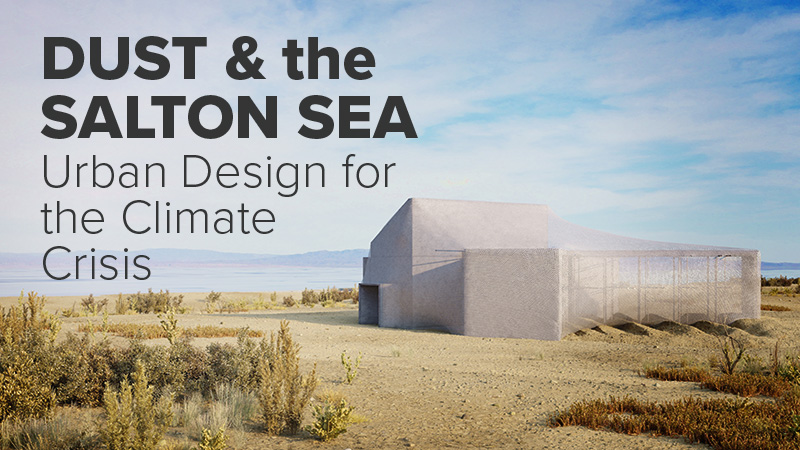
Just a hundred miles to the East of San Diego, lies one of the largest inland lakes in the West. Formed by an inflow of water from the Colorado River, the Salton Sea covers 318 square miles of the Imperial Valley. However, as a result of combined human activity and climate change, the lake is […]
-
Big Data is Helping Firefighters Battle Wildfires
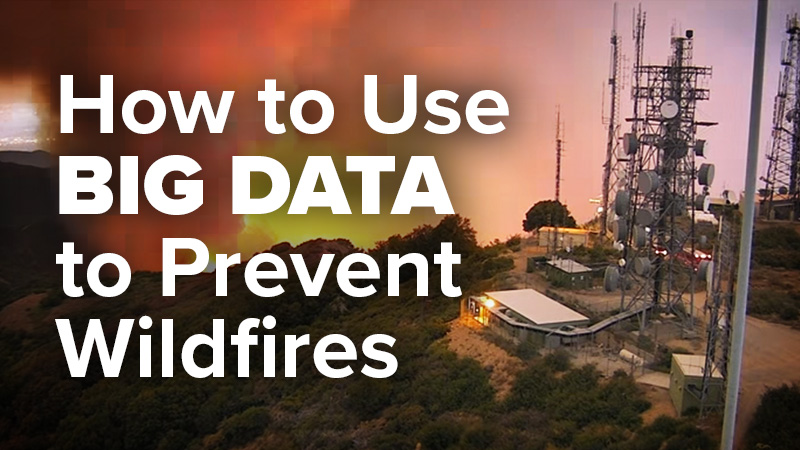
Wildfire activity in the United States is rapidly changing. Many of these changes are felt throughout the West as weather conditions become hotter and drier due to climate change. California continues to experience drought conditions throughout most of the state despite the recent rains. The ongoing drought has led to a dramatic increase in wildfires. […]
-
Coral Reefs Adapting to the Warming Waters of Climate Change
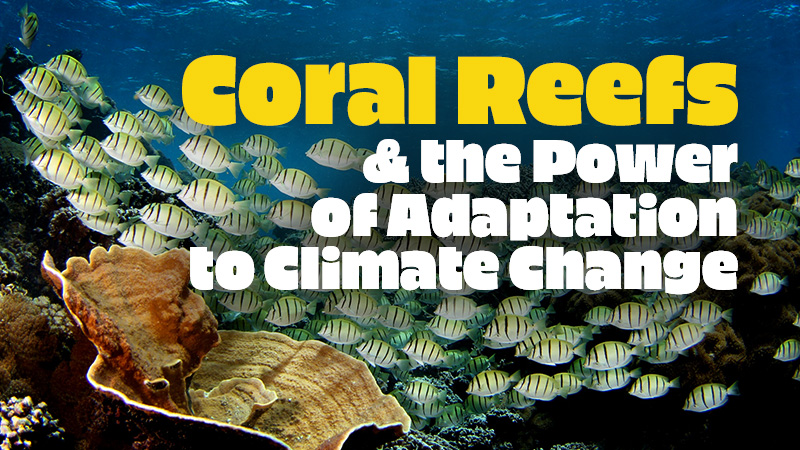
Coral reefs cover less than 1% of the Earth’s surface, yet are estimated to support 25% of marine biodiversity. For the millions of people living adjacent to coral reefs, this productive ecosystem provides important shoreline protection and critical food. Global climatic changes are altering the structure and functioning of many reef ecosystems. Scripps Institution of […]
-
Our Impact on the Earth
“Mother Nature is not happy right now and she’s trying to tell us, in many ways,” says Kimberly Prather, Professor of Climate, Atmospheric Science, and Physical Oceanography at UC San Diego. New weather patterns and events are causing concern but how do we know these changes are caused by human activity? Climate scientists are looking […]
-
What is in the Air We Breathe?
“What we do in my group is we zoom in on the aerosols.” Vicki Grassian and her team look at aerosols at a microscopic level to determine their impact on our health and our climate. Aerosols can be mineral dust and sea spray from the ocean or created by human activity or stem from any […]
-
Glaciers and Sea Level Rise
Using helicopters, icebreakers, fishing vessels, and autonomous surface and underwater vehicles for over a decade, Fiammetta Straneo and her group have been probing the edge of massive calving glaciers in iceberg-choked fjords in Greenland to explore what is the Achille’s heel of glaciers – the marine edge where glaciers meet the sea. Their goal? Collapsing […]